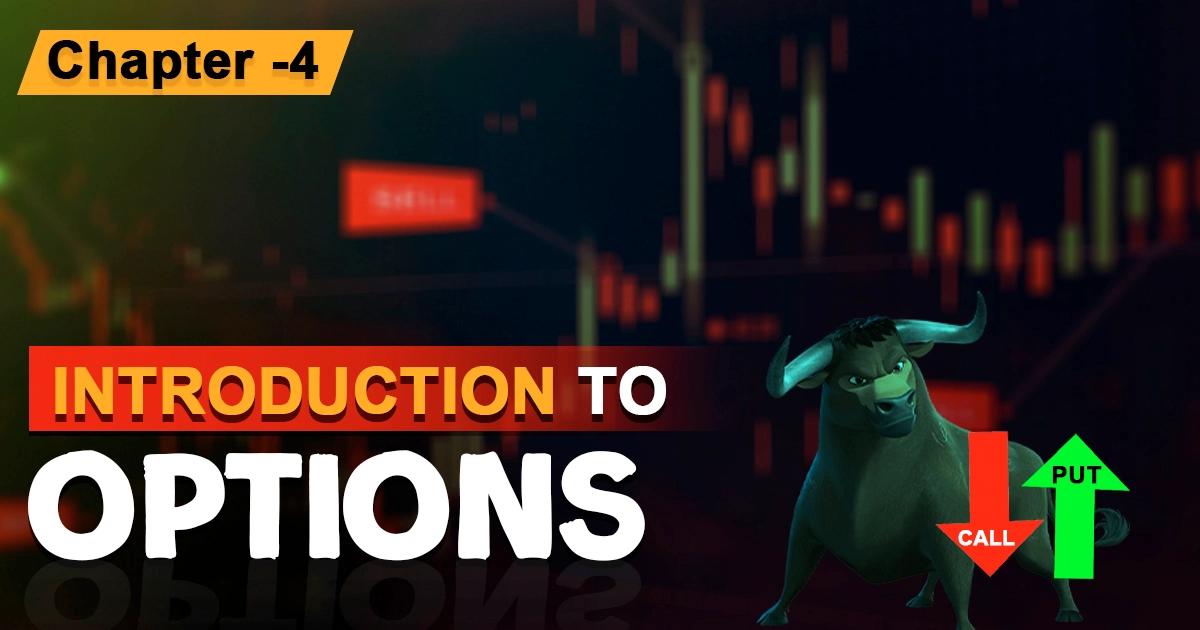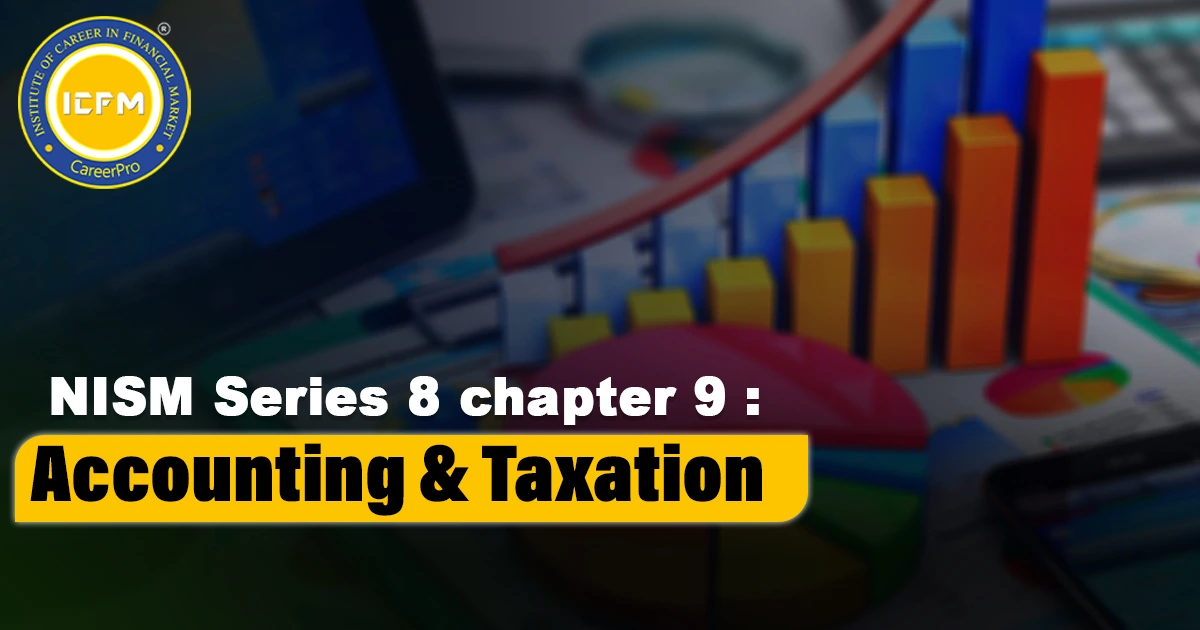NISM 8 Chapter 4: Introduction To Option
Basics of the Derivative: Conventional Terms
A derivative is a contract between two or more parties and its value is measured by the price of the underlying asset, such as bonds, shares, commodities, or any market index.
Common terms of derivatives include forward contracts, futures contracts, options, and swaps.
Types of Derivative Contracts:
Forward Contracts A forward contract is a simple customized contract between two parties in which one party agrees to buy an asset and the other sells it at an agreed price on a specified date in the maturity time frame.
Futures Contracts are financial products for transactions in which parties agree to buy or sell an asset in the future at a predetermined time for a price established at the time of the agreement. Futures differ from forwards in that they are marked to market daily.
Options contracts give the holder the right, but not the obligation, to buy or sell an asset at a specific price called the strike price at or before a specific expiration at the latest.
There are two call option types; a call option gives the holder the right to buy.
One funding party has the right to request the other funding party to sell an asset which is called the Put Option.
Swaps are contracts that provide for cash flow or financial exchange between two parties at different periods and are used in most cases to change currencies, and interest rates between two counterparties.
Uses of Derivatives:
Hedging: The primary purpose of derivatives is for hedging. This helps to limit the exposure to unfavourable fluctuation in the price of a related asset.
Speculators: Participants who bear risk in the form of buying or selling theories in anticipation of future price shifts.
Arbitrageurs: Participants who make risk-free profits by taking up price differences across markets or instruments.
Derivative Market Structure:
The derivative market can be divided into exchange-traded (ETD) and over-the-counter (OTC) markets.
Exchange-traded derivatives are standardized instruments, traded wholly on organized exchanges IG such as NSE (National Stock Exchange) and BSE (Bombay Stock Exchange).
OTC derivatives include contracts that are negotiated directly between the parties and are mostly used by big institutions.
Risk and Regulation:
Derives products carry the following risks: market risk, liquidity risk, and counterparty risk. The derivatives are also subject to proper use.
Such regulatory bodies as SEBI (Securities and Exchange Board of India) and exchanges regulate the functioning of the derivative markets to avoid malpractices.
Key Characteristics of Derivatives:
Leverage: Derivatives give traders room to initiate positions with a relatively lower amount of capital invested.
No Ownership: Derivatives are used to gain price movements of an asset without its actual ownership.
Standardization vs. Customization: Futures and options are more notional but forwards and swaps can be customized.









